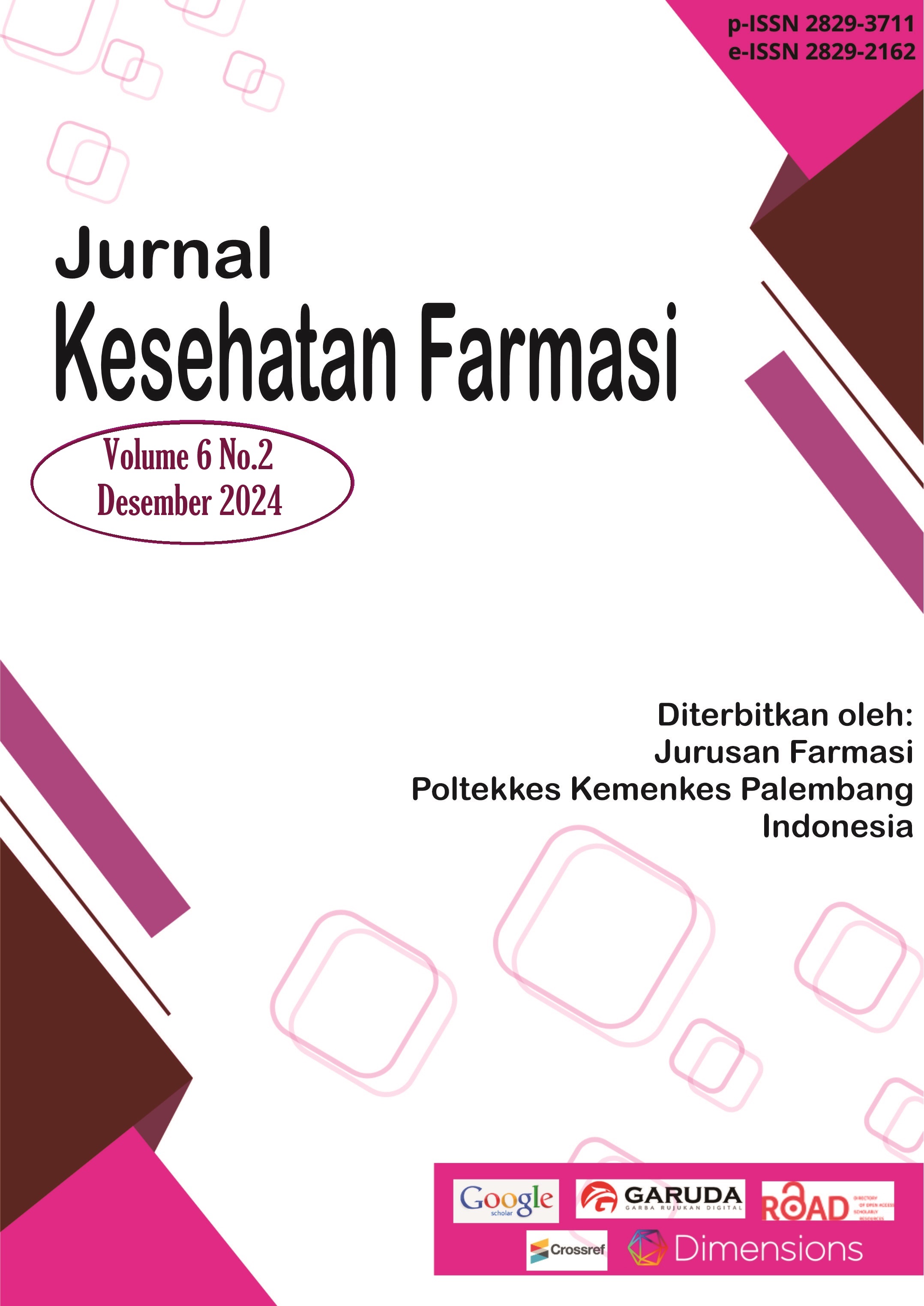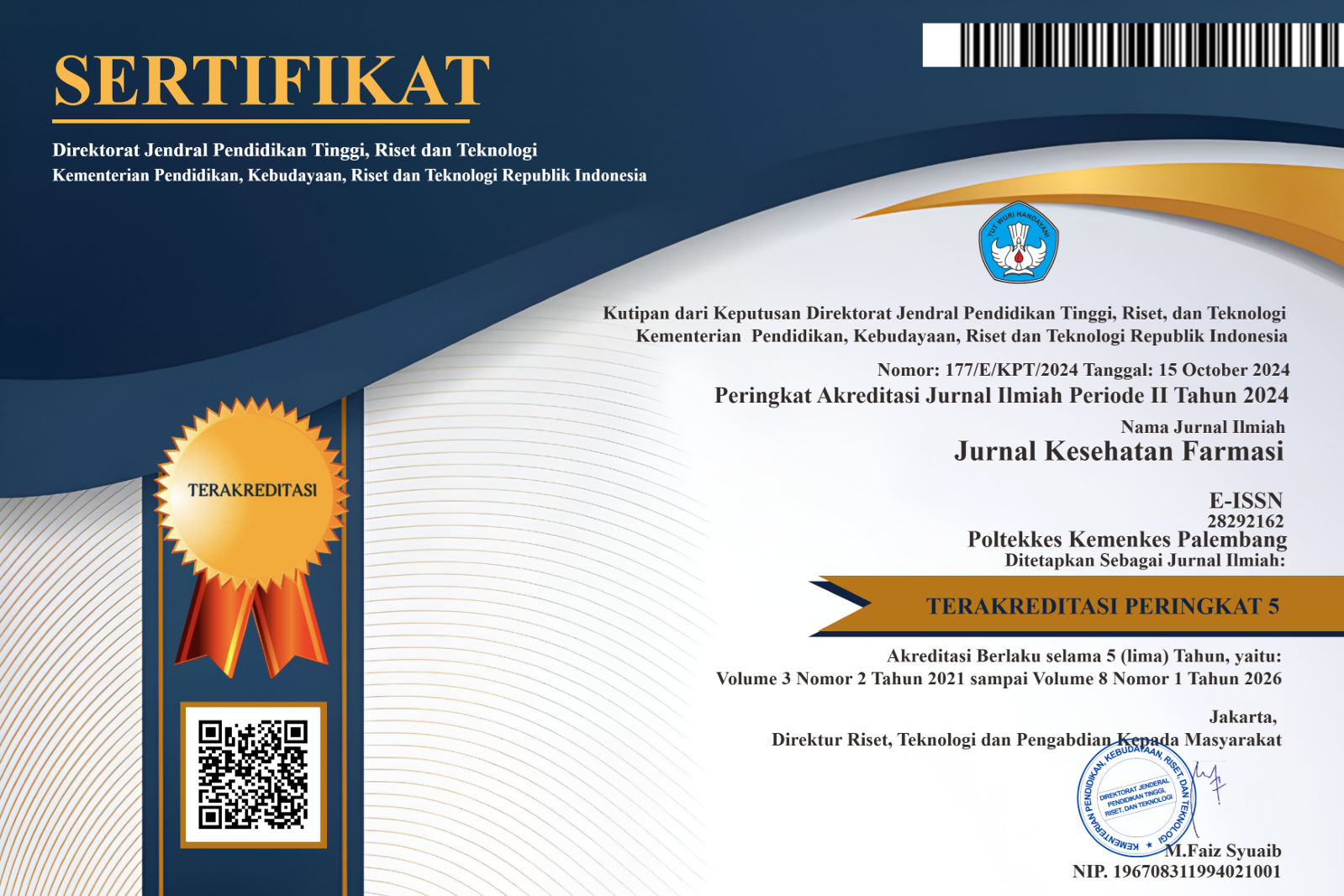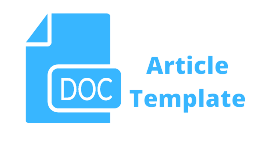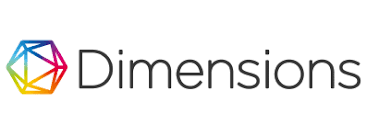IDENTIFIKASI SENYAWA AKTIF TANAMAN INDONESIA SEBAGAI POTENSI BARU ANTIVIRUS SARS COV-2 DENGAN METODE VIRTUAL SCREENING
Abstract
Daya tahan tubuh tidak hanya tidak mudah terserang infeksi, namun juga mempercepat proses penyembuhan dan pemulihan setelah sakit. Sistem kekebalan tubuh dapat ditingkatkan dengan mengonsumsi makanan bergizi dan sumber bahan bioaktif yang memiliki aktivitas antivirus dan imunomodulator/imunostimulan. Indonesia kaya akan berbagai jenis bahan pangan yang kaya nutrisi dan kaya akan bahan bioaktif fungsional. Rempah-rempah dan tanaman obat (herbal) seperti jahe, kunyit, dan temulawak sebagai minuman untuk meningkatkan daya tahan tubuh. Penelitian ini mengidentifikasi potensi senyawa bioaktif sebagai agen antivirus Covid-19 dari database produk alami, melakukan skrining virtual senyawa bioaktif terhadap makromolekul protein SARS-CoV-2.
Metode Penelitian, Database Produk Alami, Preparasi, optimasi, simulasi, analisis, dan visualisasi ligan dan protein menggunakan virtual screening.
Hasil : Studi skrining virtual menunjukkan lima senyawa aktif tumbuhan Indonesia memiliki aktivitas penghambatan terhadap ligan pembanding SARS CoV-2 (6y2g) dan Favipiravir dengan nilai energi pengikat rata-rata masing-masing 7,40 kkal/mol dan 2,93 kkal/mol.
Kesimpulan:Senyawa fenil kumarin dan 6-hidroksi-8-metoksi-flavanon memberikan nilai makromolekul target terendah, sehingga memungkinkan afinitas, stabilitas, dan interaksi yang kuat dengan situs aktif asam amino dengan jarak ikatan <3,0
References
pharmaceuticals apply to agrochemicals? Pest Manag Sci. 2001;57(1):3–16.
2. Sathishkumar N, Sathiyamoorthy S, Ramya M, Yang DU, Lee HN, Yang DC. Molecular docking studies of anti-apoptotic BCL-2, BCL-XL, and MCL-1 proteins with ginsenosides from Panax ginseng. J Enzyme Inhib Med Chem. 2012;27(5):685–92.
3. Thuy BTP, My TTA, Hai NTT, Hieu LT, Hoa TT, Thi Phuong Loan H, et al. Investigation into SARS-CoV-2 Resistance of Compounds in Garlic Essential Oil. ACS Omega. 2020;5(14):8312– 20.
4. Gao Y, Zhao J, Qin C, Yuan Q, Zhu J, Sun Y, et al. Properties of AdeABC and AdeIJK efflux systems of Acinetobacter baumannii compared with those of the AcrAB-TolC system of Escherichia coli. Aleph [Internet]. 2023;87(1,2):149–200.
5. Giri-Rachman EA, Effendy V V., Azmi MHS, Yamahoki N, Stephanie R, Agustiyanti DF, et al. The SARS-CoV-2 Mpro Dimer-Based Screening System: A Synthetic Biology Tool for Identifying Compounds with Dimerization Inhibitory Potential. ACS Synth Biol. 2024;13(2):509–20.
6. Usachev E V., Pyankov O V., Usacheva O V., Agranovski IE. Antiviral activity of tea tree and eucalyptus oil aerosol and vapour. J Aerosol Sci [Internet]. 2013;59:22–30. Available from: http://dx.doi.org/10.1016/j.jaerosci.2013.01.004
7. Mhatre S, Naik S, Patravale V. Since January 2020 Elsevier has created a COVID-19 resource centre with free information in English and Mandarin on the novel coronavirus COVID- 19 . The COVID-19 resource centre is hosted on Elsevier Connect , the company ’ s public news and information . 2020;(January).
8. Islamiati Y, Suryani Y, Adawiyah A, Taufiqurrohman O, Kharisma VD, Purnamasari D, et al. The Potential of Antivirus Compounds in Gletang (Tridax procumbens Linn.) in Inhibiting 3CLpro Receptor of SARS-CoV-2 Virus by In Silico. Pharmacogn J. 2022;14(6):796–805.
9. Ansori ANM, Kharisma VD, Parikesit AA, Dian FA, Probojati RT, Rebezov M, et al. Bioactive Compounds from Mangosteen (Garcinia mangostana L.) as an Antiviral Agent via Dual Inhibitor Mechanism against SARS-CoV-2: An In Silico Approach. Pharmacogn J. 2022;14(1):85–90.
10. Kurniawan MR, Humaedi A. The Potential Of Active Compounds Polyscias Scutellaria As Inhibitors In Cervical Cancer With Virtual Screening Approach. J Kim dan Kemasan. 2021;43(1):22.
11. Darsini, Aryani HP. Potensi Herbal Indonesia Sebagai Imunomodulator Booster Selama Pandemi Covid-19. J Keperawatan. 2022;15(1):30–42.
12. Hasmono D, Alfa Frista Arta, Ismawati, Ruddy Hartono, Mohammad Subhan. Study of Effectiveness and Side Effects of Favipiravir Therapy on Mild and Moderate Covid-19 Patients. J Kesehat. 2022;15(2):108–20.
13. Yudi Utomo R, Meiyanto E. Revealing the Potency of Citrus and Galangal Constituents to Halt
SARS-CoV-2 Infection. 2020;2(March):1–8. Available from: www.who.int;
14. Rafli M, Rohmiati T, Kinasih A, El Hakim A, Semiarti E. Potential of Dendrobium spp. Secondary Metabolites as Medicinal Source for SARS-CoV-2 . Proc 7th Int Conf Biol Sci (ICBS 2021). 2022;22(Icbs 2021):424–30.
15. Amin S, Utami F, Maulidya SAI. Virtual Screening of Flavonoid Compounds as A Main Protease Inhibitor for Anti-Sars-Cov-2 Candidates. Indones J Pharm Sci Technol. 2022;9(3):198.
16. Olasupo SB, Uzairu A, Shallangwa GA, Uba S. Computer-aided drug design and in silico pharmacokinetics predictions of some potential antipsychotic agents. Sci African [Internet]. 2021;12:e00734. Available from: https://doi.org/10.1016/j.sciaf.2021.e00734
17. Humaedi A, Halimatushadyah E. Studi Komputasi Hubungan Aktivitas Senyawa Turunan Asam Galat sebagai Inhibitor Reseptor Androgen pada Kanker Prostat Computational Studies on The Relationship of the Activity of Gallic Acid Derivatives as Androgen Receptor Inhibitors in Prostate Cancer. J Biotek Medisiana Indones [Internet]. 2021;10(1):65–76. Available from: https://ejournal2.litbang.kemkes.go.id/index.php/jbmi/article/view/5030
18. Humaedi A, Kurniawan MR, Halimatushadyah E. Jurnal Farmasi Sains dan Praktis Potential Inhibition of Akt1 and P53 Protein in Colon Cancer by Gallic Acid Derivatives Compound with Molecular Docking Approach. 2024;10(2):185–94.
Copyright (c) 2024 Jurnal Kesehatan Farmasi

This work is licensed under a Creative Commons Attribution-ShareAlike 4.0 International License.
Authors who publish with this journal agree to the following terms:
- Authors retain copyright and grant the journal right of first publication with the work simultaneously licensed under a Creative Commons Attribution License that allows others to share the work with an acknowledgement of the work's authorship and initial publication in this journal.
- Authors are able to enter into separate, additional contractual arrangements for the non-exclusive distribution of the journal's published version of the work (e.g., post it to an institutional repository or publish it in a book), with an acknowledgement of its initial publication in this journal.
- Authors are permitted and encouraged to post their work online (e.g., in institutional repositories or on their website) prior to and during the submission process, as it can lead to productive exchanges, as well as earlier and greater citation of published work














